
Condensate pipes are a vital part of modern condensing boilers, carrying away condensation produced during boiler operation. However, during freezing temperatures, these pipes can freeze, causing your boiler to stop working. Here's how to identify, fix, and prevent issues with frozen condensate pipes.
Signs of a Frozen Condensate Pipe
- Gurgling noises from your boiler.
- Boiler error codes, often starting with "EA."
- Heating and hot water failure.
How to Thaw a Frozen Condensate Pipe
- Locate the Pipe: Typically a white plastic pipe running from the boiler to an external drain.
- Apply Warm Water: Pour warm (not boiling) water over the frozen sections of the pipe. Alternatively, use a hot water bottle or heat pad.
- Reset Your Boiler: Once the pipe is thawed, reset your boiler, and it should resume normal operation.
Safety Tip: Take care when handling warm water in icy conditions to avoid slips or creating new icy patches.
Preventing Future Freezes
- Insulate the Pipe: Use weatherproof pipe insulation to keep the condensate pipe warmer.
- Re-route the Pipe Internally: Where possible, relocate the pipe to an internal position to protect it from extreme cold.
- Install a Trace Heating Kit: This keeps the pipe warm enough to prevent freezing during cold snaps.
- Adjust Boiler Settings: Temporarily increase the boiler’s thermostat to raise its internal temperature.
For long-term solutions, consider products like Worcester Bosch’s CondenseSure or consult a heating engineer to optimize your system for winter weather.
Why This Matters
A frozen condensate pipe is a common and preventable issue that can disrupt your heating during critical cold months. By taking proactive steps and using the right tools, you can ensure uninterrupted boiler operation throughout winter.
For more tips on boiler maintenance, visit Worcester Bosch's winter heating guide or Glow-worm's condensate advice page.
Stay warm and prepared!





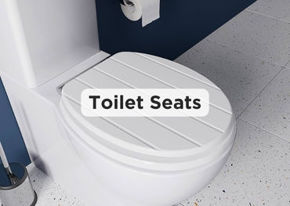


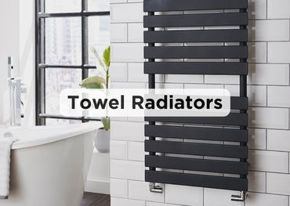



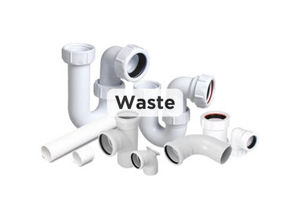


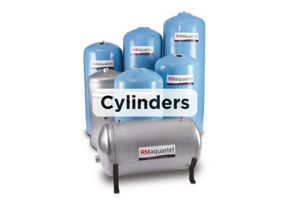



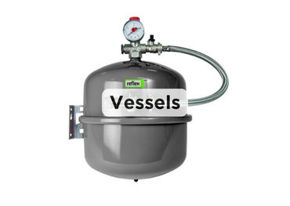
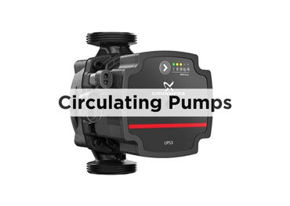


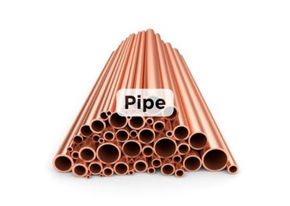








.jpeg)
.jpeg)
.jpeg)
